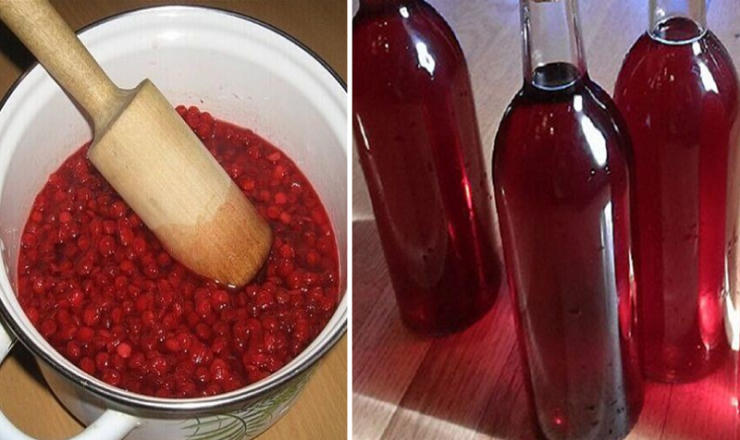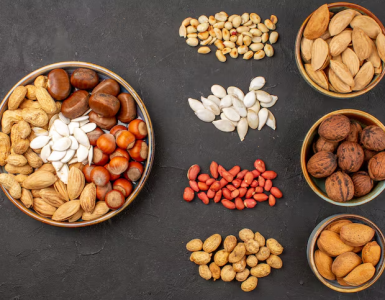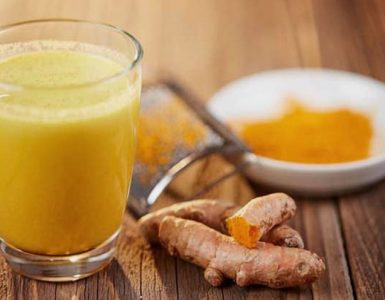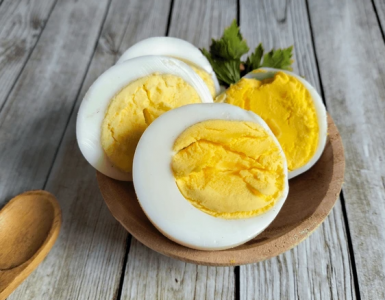Before vitamin supplements existed, people relied on nature to stay healthy during long winters. Rosehips — the fruit of the wild rose — contain up to 50 times more Vitamin C than oranges, and even after fermentation, much of this potency is preserved.
So in places like Scandinavia, Romania, and the Balkans, rosehip wine wasn’t just a treat — it was a medicinal tonic, especially for children and the elderly. Families made it in the fall to help boost immunity through the dark, cold months.
And get this — during World War II, the British government encouraged citizens to forage rosehips to make syrups and wines for children, due to shortages of citrus fruits.
Ingredients (for 5 liters):
- 1.5 kg fresh rosehips (preferably slightly overripe but not mushy)
- 1.5–2 kg sugar (depending on desired sweetness)
- 4.5 liters water
- Juice of 2 lemons (for acidity and freshness)
- Optional: a handful of raisins (for richer aroma)
- Wine yeast (or baker’s yeast as an alternative)
- Optional: A few cloves or cinnamon stick for spice
Step 1: Prepare the Rosehips
Wash the rosehips well.
Remove stems and flower tips.
Slightly crush or pierce each berry (you can use a potato masher or just cut them in half).
Optional: Freeze them overnight beforehand to soften them and boost flavor.
Step 2: Prepare the Must (Fermentation Mix)
In a large pot, bring water to a boil, then let it cool to around 30–35°C.
Dissolve the sugar in the warm water.
Add the lemon juice.
Pour the water mixture over the rosehips (in a large demijohn or fermentation bucket).
Add raisins and spices if using.
Step 3: Add the Yeast
Dissolve the wine yeast in a bit of lukewarm water (as per instructions on the package).
Add it to the container with the must.
Stir gently with a sterilized wooden spoon.
Step 4: Primary Fermentation
Cover with a fermentation lock or a balloon with a pinhole.
Keep the container in a warm, dark place (20–25°C).
Stir daily for the first 5–7 days using a sterilized spoon.
Fermentation will begin in 1–3 days and last around 2–3 weeks.
Step 5: Secondary Fermentation
Strain the liquid through cheesecloth or a fine sieve into a clean demijohn.
Seal with a fermentation lock.
Leave in a cool place to clarify and mature for at least 1–2 months (ideally 3–6 months).
Step 6: Bottling
Once fermentation is complete and wine is clear, bottle in sterilized glass bottles.
Store in a cool, dark place.
Wine can be enjoyed after a few weeks, but it gets better with age!
Tips & Notes
Taste improves significantly after 6–12 months of aging.
The wine will have a golden to amber-pink color and a fruity, tart-sweet flavor.
High in vitamin C and antioxidants from the rosehips!






Add comment